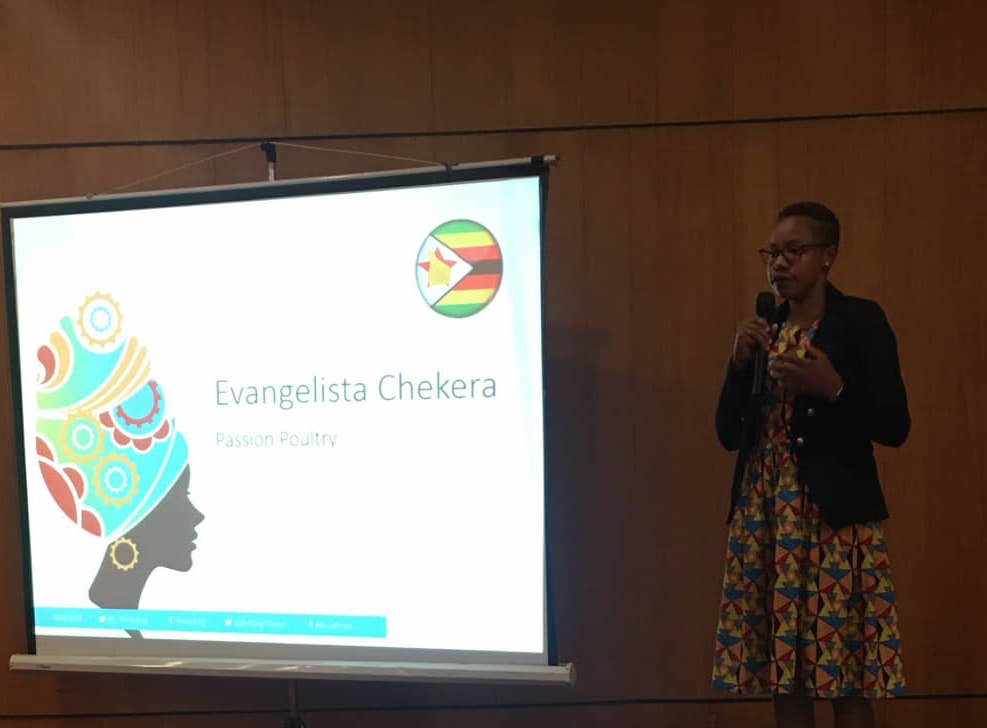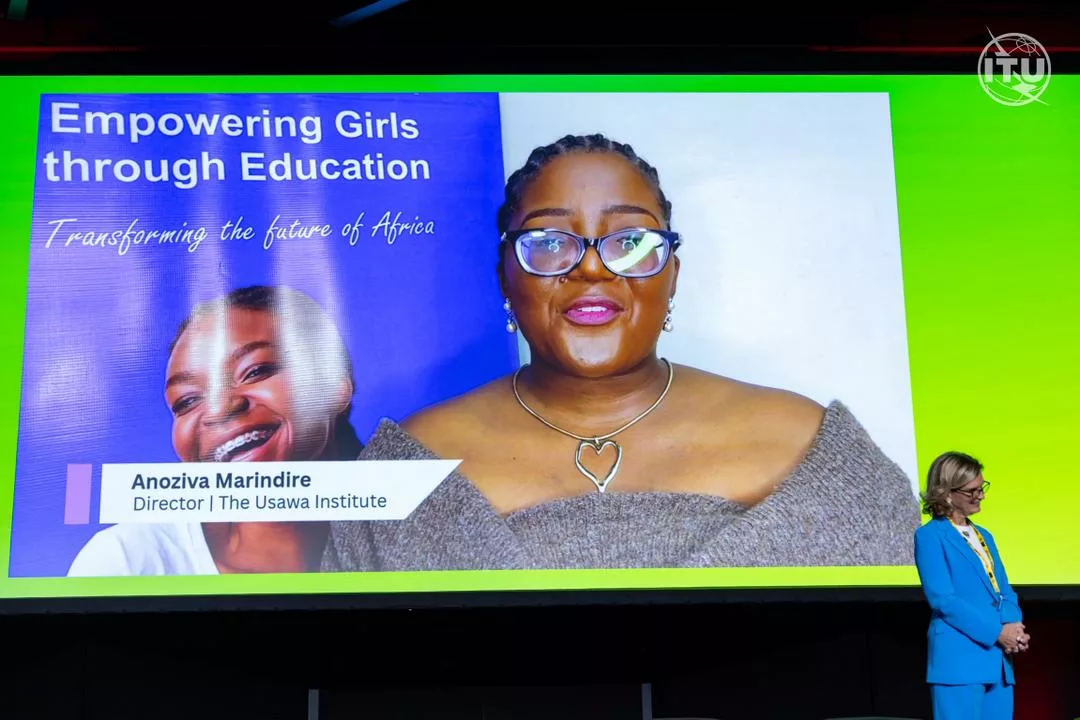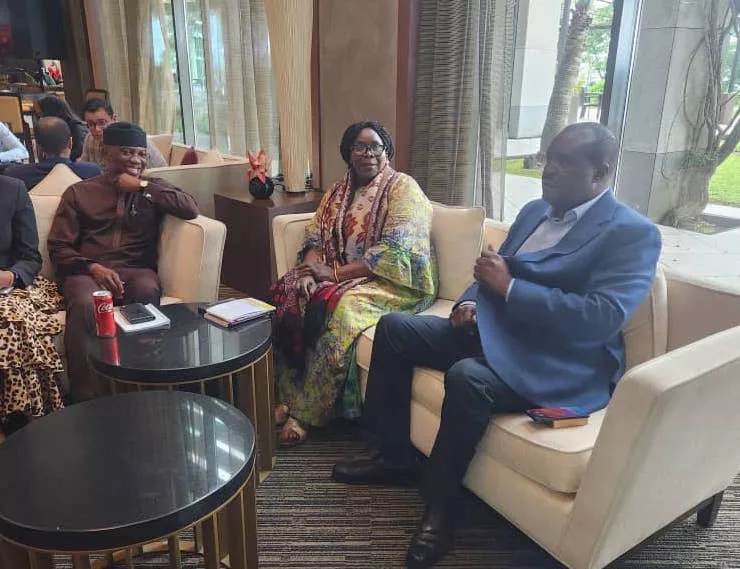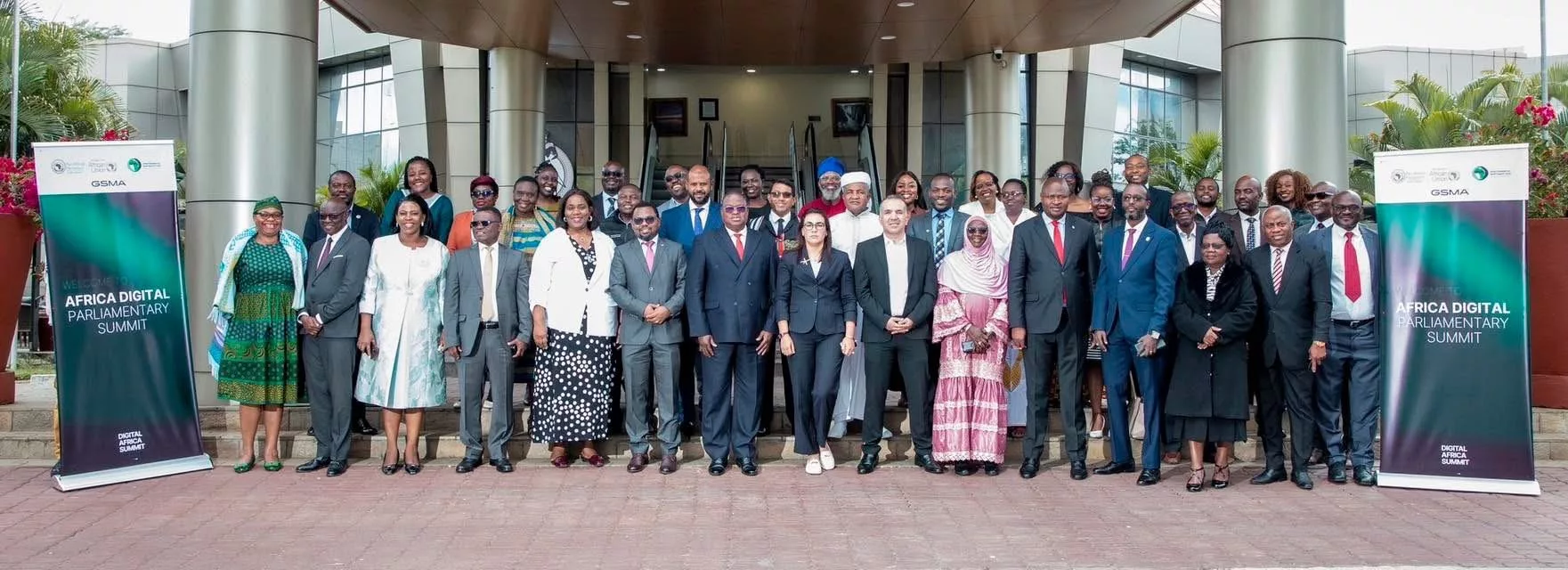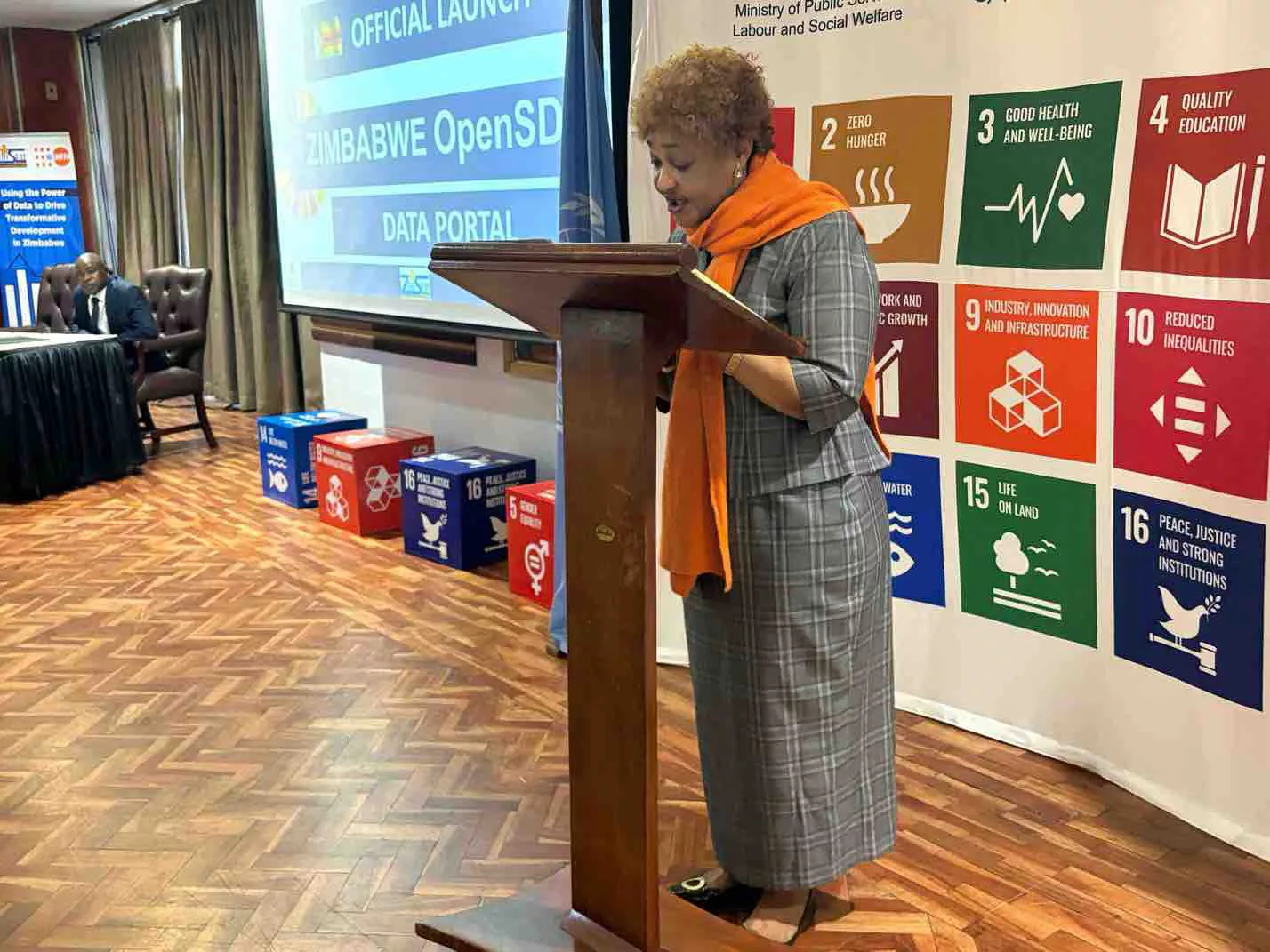By Byron Mutingwende
Spiked Online Media’s Byron Mutingwende (BM) caught up with Evangelista Chekera (EC), a young entrepreneur whose chick brooding innovation has won her local and continental awards. Below are the excerpts of the interview:
BM: Who is Evangelista Chekera?
EC: I am the first born in a family of two children. I studied psychology at the University of Zimbabwe and graduated in the year 2010. After graduation, I went on to work as a volunteer at SOS Children’s Village in Waterfalls as a child development planner.
In 2013, I left SOS Children’s Village and went on to work at CJV Medical Supplies as a personal assistant to the Managing Director. In 2014, I left CJV and started doing research work with various non-governmental organisations that included Centre for Applied Social Sciences (CAS) and the Southern Alliance for Indigenous Resources (SAFIRE).
With these organisation, my work was mainly in remote rural areas of Zimbabwe that included Binga, Malipati, Mudzi and Uzumba Maramba Pfungwe, just to mention a few.
Working with these organisations helped me to understand the way different people in Zimbabwe live. In 2016, I decided to get another revenue stream of my own. The only thing I knew was poultry because I was involved in the family poultry business when I was 10 years old.
BM: Is it this background that led you to come up with the chick brooding innovation?
EC: Absolutely it is this background that led me to come up with the chick brooding innovation. The reason is that when I was growing up, my main responsibility was to make sure that the chicks are warm during the first 21 days. This was a painful process because it was labour-intensive. I had to put the chicks in a box every evening and take them out every morning.

Then one day I decided not to put the chicks in a box and I lied that I had put them in a box. The following morning when we woke up, we had lost 35 chicks out of 100. It was all my fault. That day I said to myself when I grow up I want to buy equipment for my family to use.
In 2016, when I wanted to start an income generation project of my own, I realised that small-scale farmers in Zimbabwe do not have access to proper chick brooding equipment and slaughtering equipment.
As a result, I decided to make something for myself. My first innovation was the poultry-slaughtering device that made it easier for me to slaughter my birds. I showed this device to my neighbours who are in the broiler breeding business. They loved it and started buying the device.
BM: Was the poultry-slaughtering device business lucrative and what were some of the challenges that you encountered?
EC: At first the business was lucrative. As time went by, I realised that farmers are more interested in keeping their chicks warm first before slaughtering them. That’s when I started researching on proper chick brooding methods. I first came up with a heater as the first prototype. As I was working with farmers, we managed to modify the heater so that it suited their requirements. With time, I realised that the farmers were facing a challenge of keeping their chicks in a confined area so that they do not run away from the heat source. Hence, I developed the chick brooder ring.
I decided to combine the heater and the chick brooder ring to come up with the chick brooder.
When I first started this innovation, I had no knowledge on business or anything related to engineering. I decide to look for assistance from different organizations that include the Boost Fellowship, Micah Foundation and Act in Africa.
These organizations assisted me to come up with a proper business model and they also mentored me. These organizations also assisted me to apply for intellectual property for my innovation. Today I own IP for the chick brooder as a utility model with the Africa Regional Intellectual Property Organization (ARIPO). On the engineering side, I got assistance from my uncle who is a metal fabricator.
BM: How then did you come to know about the SNV Green Innovation Hub?
EC: I found about GI-Hub through Facebook. When I looked at my innovation, I realized that it was a green innovation because the heater uses briquettes (green alternative to charcoal) made from farm waste like maize and cotton stalks. The heater was compatible with the briquette.
BM: What can you say are the major benefits of working with GI-Hub as an innovator?
EC: During the GI-Hub Boot camp, we had exposure to industry experts and I gained a lot of knowledge from our mentors who include banker and entrepreneur Nigel Chanakira and other industry experts from Innscor Group and an agricultural consultant. I also got a chance to interact with like-minded innovators from different provinces of Zimbabwe.
The other benefit was that I managed to be chosen among the 16 beneficiaries who won the US$5 000 prize money to assist in scaling up the business.
BM: How did you learn about the WomENG Africa Innovation Fellowship?
EC: I learnt about this fellowship through a friend who is also part of Act in Africa – an organisation that has been assisting me to be an entrepreneur. The GI-Hub application made it easier for me to apply for this fellowship because it was like a continuation of what I had done before.
My application was accepted and I was the only Zimbabwean nominated to travel to Kampala, Uganda, for the Africa Innovation Fellowship with 24 other young African innovators from 14 countries in Africa.
BM: What was the experience in Uganda like and what do you think were the important take home for you?
EC: The fellowship in Uganda was eye-opening since I got a chance to interact with other young innovators from across the continent. I also got to understand more on how I can take my innovation to the whole continent. I also got the chance to really understand the reason why I am in this enterprise. I also benefitted from training by different high-profile people from across the continent.
Some of the speakers at the Fellowship included Anjani Harjeven, a Change Management Specialist from WomENG; Dr. Adereni Abiodun, a veterinary doctor and young entrepreneur from Nigeria and Mimi Kalinda, the Group CEO and Co-Founder of Africa Communications Media Group.
BM: How did you then participate in the Africa Innovation Fellowship?
EC: When I was in Uganda, I got a chance to attend the Africa Prize Competition by the Royal Academy of Engineering. Through the fellowship, I learnt about how to properly pitch my innovation to different stakeholders.
When we did the pitch presentations, I was part of the best five candidates in the first round. In the second round, I was the first to pitch and afterwards I emerged as the overall winner.
As the winner, I will be representing not only Zimbabwe but Africa as a whole at the Royal Academy of Engineering Global Grand Challenge Summit to be held in London in September. This is a fully funded trip from WomENG. I look forward to networking with different stakeholders across the globe and to getting opportunities that will allow me to scale up my business.


